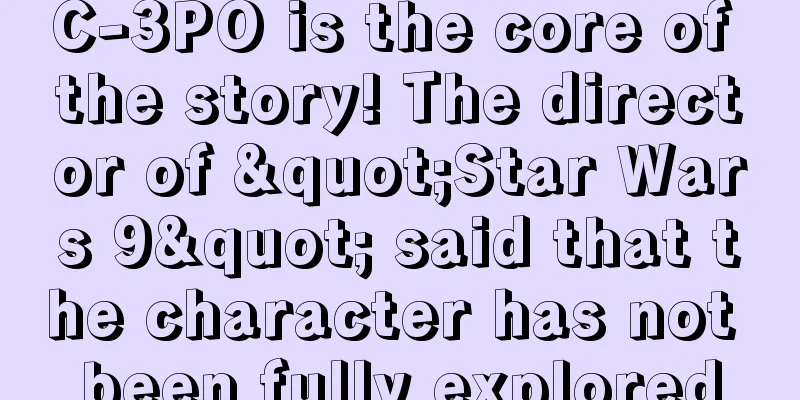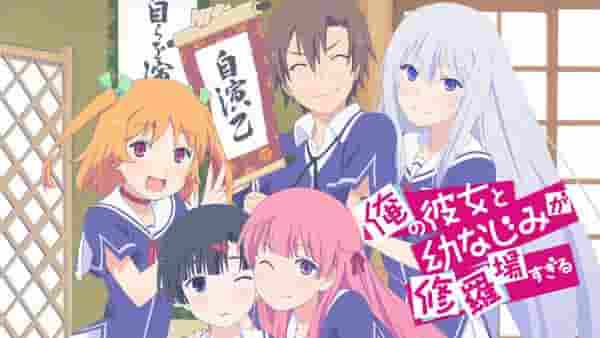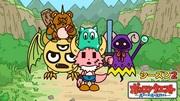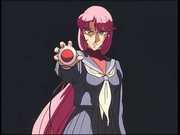"One, Two, Three, ... Everyone's Song" review: A masterpiece anime with moving singing and story
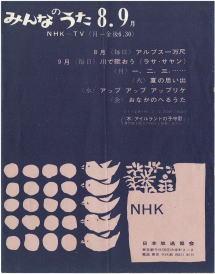
The appeal of the "Minna no Uta" series and a deeper look into "Ichi, Ni, San, ...""Minna no Uta" is a Japanese music program that began broadcasting on NHK in 1961, and has produced many famous songs. This program, which is especially popular with children, continues to provide songs that are loved by a wide range of age groups while also including educational elements. In this article, we will take a deeper look at one particularly memorable song, "Ichi, Ni, San, ...". Summary of "One, Two, Three, ...""One, Two, Three..." was first broadcast on NHK Educational TV (now NHK E-Tele) in August 1962. The song was delivered to viewers along with animation by Yoji Kuri, and in just two minutes it succeeded in conveying the fun and rhythm of counting. Although it was only broadcast once, it made a big impact and became a memorable piece for many people. Background and Intention of ProductionThe purpose of creating "One, Two, Three..." was to teach children the joy of counting. Yoji Kuri created a simple yet visually appealing animation, designed to help children learn numbers naturally. The rhythm of the song was also important, and the rhythm of counting was designed to resonate with children's hearts. This work, imbued with such educational intent, was well received by viewers. Animation FeaturesKuri Yoji's animation is made up of simple lines and colors. In "One, Two, Three...," the shapes and characters that appear on the screen change as the numbers increase, making it visually enjoyable. In particular, the changes in the shapes, which become more complex as the numbers increase, are an element that attracts children's interest. The colors are also bright, and the animation is designed to make children feel happy when they watch. The appeal of musicThe music for "One, Two, Three..." features a simple yet catchy melody. The rhythm of counting seeps into the body naturally, allowing children to learn numbers while having fun. The "..." part at the end of the song also stimulates the imagination of the audience, making counting even more fun. The appeal of this kind of music left a deep impression on the audience. Audience reactions and impact"Ichi, Ni, San, ..." was loved by many viewers from the time it was broadcast. Children in particular learned the joy of counting by listening to this song, and were able to naturally remember numbers. Adults were also captivated by the song's simplicity and rhythm, and were able to enjoy it together with the children. This kind of reaction from viewers was one of the factors that supported the popularity of "Minna no Uta." The history and influence of "Minna no Uta"Since it began broadcasting in 1961, "Minna no Uta" has produced many famous songs. This program, which is especially popular with children, continues to provide songs that are loved by a wide range of age groups while also including educational elements. "Ichi, Ni, San, ..." is one such song, and its simplicity and rhythm have made it a favorite of many people. "Minna no Uta" has also had a major impact on Japanese music culture, inspiring many musicians and artists. Reevaluation of "One, Two, Three, ..." and a Modern PerspectiveEven now, more than half a century after it was first broadcast, "Ichi, Ni, San, ..." is being reevaluated. In particular, from an educational point of view, it has been reaffirmed that the song's simplicity and rhythm are useful for children's learning. Furthermore, modern audiences have also discovered the song's appeal, and it has gained new fans as it is shared on social media and video sharing sites. This reevaluation has further increased the value of "Ichi, Ni, San, ...". The Future of "Minna no Uta""Minna no Uta" will no doubt continue to produce new hit songs in the future. In particular, it is expected to continue to enrich Japan's music culture by providing songs that are popular with children. Also, from an educational point of view, "Minna no Uta" will continue to provide content that is useful for children's learning. These expectations for the future further enhance the appeal of "Minna no Uta." Recommendation for "One, Two, Three, ...""One, Two, Three, ..." is a great song to teach children the joy of counting. In particular, the simple yet catchy melody and rhythm are appealing, helping children to learn numbers naturally. Yoji Kuri's animation is also visually enjoyable, helping to attract children's interest. These are the reasons why I recommend "One, Two, Three, ...". summary"Ichi, Ni, San, ..." is one of the most memorable songs in "Minna no Uta," and its simplicity and rhythm have made it a favorite of many people. It is a particularly great song for teaching children the joy of counting, and is being reevaluated from an educational perspective. It is also expected that "Minna no Uta" will continue to enrich Japan's music culture by continuing to produce new masterpieces. This kind of appeal further increases the value of "Ichi, Ni, San, ..." and "Minna no Uta." |
<<: Up Up Applique: The appeal and reviews of Minna no Uta
>>: The emotion and moral of "The Ant and the Cricket": The profound appeal of a modern fable
Recommend
Castlevania - Castlevania - Season 3's appeal and reviews
Castlevania - The appeal and depth of Season 3 Th...
ONE PIECE: The Giant Mechanical Soldier of Karakuri Castle - A deep review of the amazing story and characters
"ONE PIECE: Giant Mecha Soldier of Karakuri ...
Will Smith reveals the progress of "I Am Legend 2". Are you looking forward to it?
It was previously reported that "I Am Legend...
Panda Taputapu: Appreciating the perfect balance of healing and laughter
Panda Taputapu - The daily life of our beloved pa...
The latest trailer of the famous thriller and suspense drama "The Ghost Story of the Rough Day" will be released on August 23
The famous Japanese horror suspense drama "K...
The 25th 007 movie "No Time to Die" released its first poster. Craig continues to play Bond
The 25th 007 movie "No Time to Die" rel...
Fan Bingbing and Li Chen announce their breakup, ending their 4-year love
Fan Bingbing just updated her Weibo, hinting that...
The 25th movie "Detective Conan: Halloween Bride" released its first trailer
The first trailer of the 25th "Detective Con...
"Venom 2" will be released in 2020? Sony reveals the release dates of two Marvel movies
According to foreign media reports, Sony Pictures...
"Moonlight Knight" debuts, three new Marvel series will be completed by the end of 2020
At the Brazilian Comic Con on the other side of t...
Hanabi-chan is Late: A Thorough Review of the Moving and Growing Story of a Girl with a Habit of Being Late
"Hanabi-chan is Late" - A new comedy bo...
Netflix's Cowboy Bebop cast announced, John Cho to play Spike
As early as the end of November last year, Netfli...
The latest animated film trailer of "Crayon Shin-chan" will be released on April 23, 2021
The official title of the latest 29th theatrical ...
The animation "Chinese Tales" has exceeded one million views and over 10 million views
The official announcement of the domestic animati...
Robotics;Notes Review: A moving story that combines science and youth
"Robotics;Notes": The appeal of a robot...

